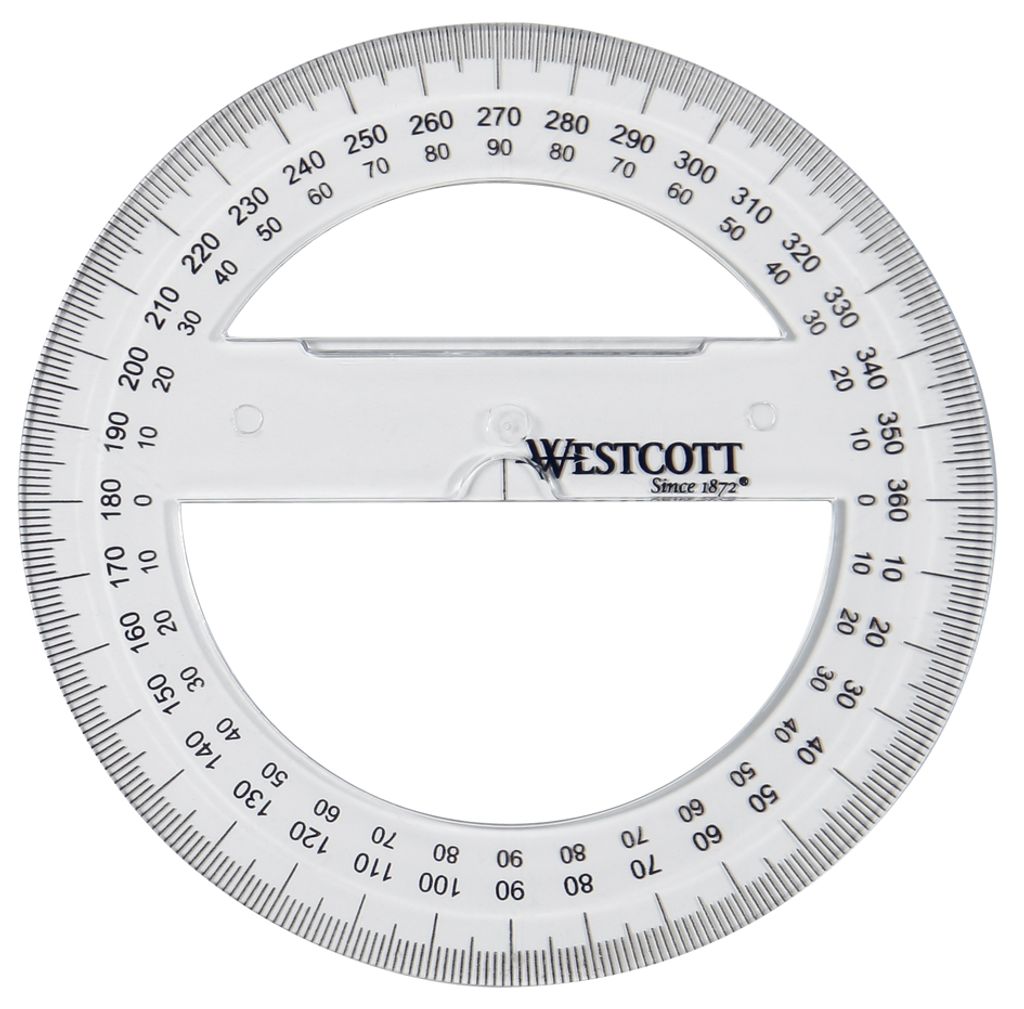
Waschmaschine Blase Bh Doppel Ball Reiniger Wäsche Ball Für Whirlpool Ace 7,0 Turbo Trockenen 360 grad BLOOMWASH PRO 7,5 10YMW|Waschmaschinen-Teile| - AliExpress

MU 360 Grad-Auto-Auto-Wäsche-Mop Staub Scorpion Autowaschbürste Reinigung Car Wash Werkzeug Autozubehör Retractable,Lila : Amazon.de: Auto & Motorrad

Waschmaschinentür nach dem Waschen offen lassen oder nicht? Simpler Trick hilft gegen Schimmel & Co.

18 Clips Faltbare Kleidung Trocknen Rack 360 Grad Drehen Winddicht Trocknen Rack Socke Halter Wäscheklammer Socken Unterwäsche Hause Kleiderbügel|Trockengestelle & Kescher| - AliExpress

Neu eröffnet 360° Waschbar - Georg-Schwarz-Stra�e, Leipzig, Lindenau, Leutzsch - www.georg-schwarz-strasse.de

💰Kaufe X-Typ Mikrofaser Boden mop 360 ° drehbar mit 1 Stück Wischtuch Ersetzen Sie handfreie Wäsche Flach mop zum besten Preis im Online-Shop bei Joom














